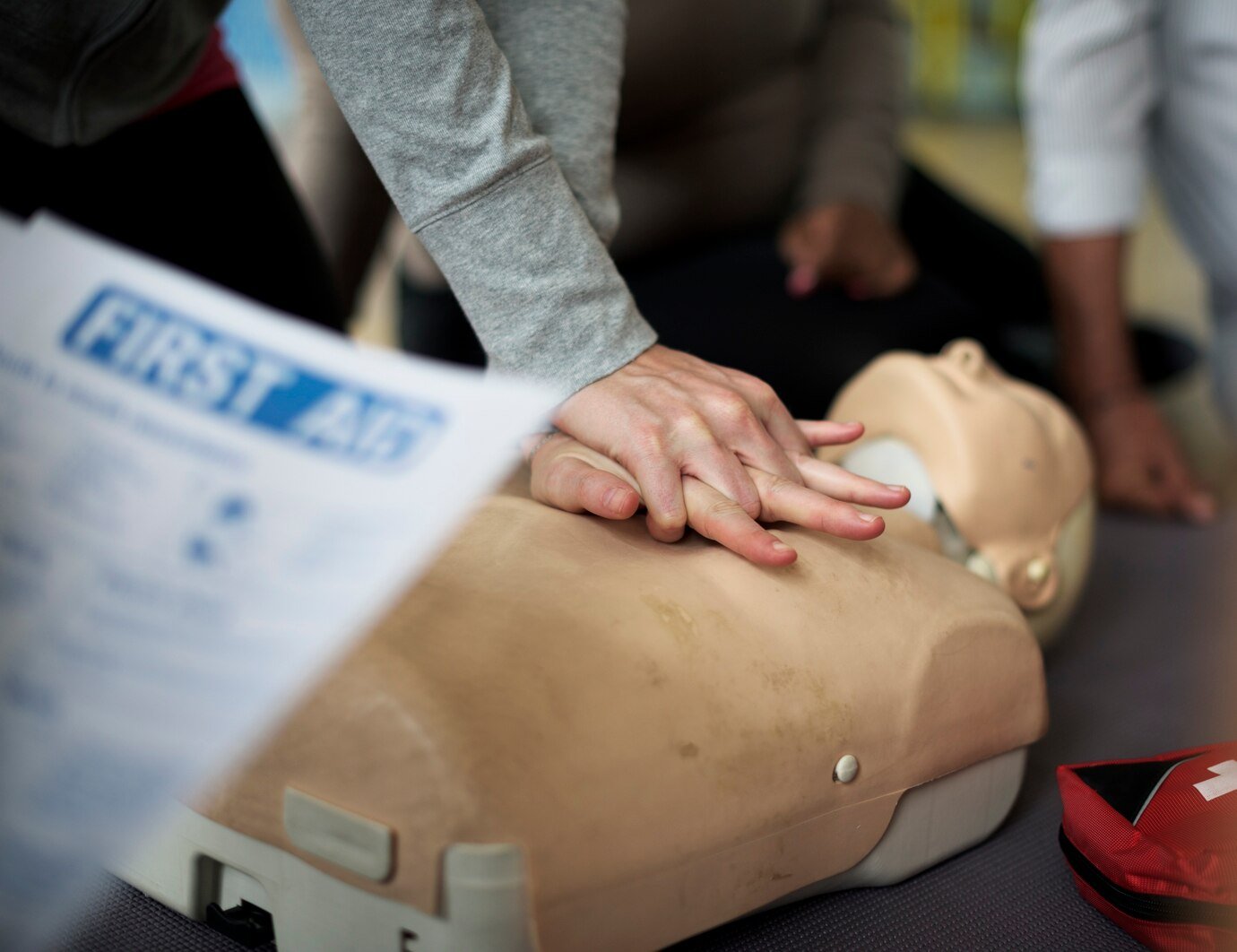Drowning is a silent and swift killer, often occurring within minutes. Unlike what is portrayed in movies, drowning victims rarely splash or call for help; they struggle quietly. Without immediate intervention, the lack of oxygen can cause severe brain damage or even death. Knowing how to perform CPR in such situations can make the difference between life and death. When a drowning victim is pulled from the water, every second counts, and bystanders must be ready to act quickly and effectively.
Recognizing the Signs of Drowning
Many people believe that drowning is always loud and dramatic, but in reality, it is often difficult to recognize. A drowning person may appear to be treading water but is unable to call for help. Their head may bob up and down, their eyes may be glassy or unfocused, and their mouth may be at water level as they gasp for air. In some cases, they may be completely still, floating face down in the water. Recognizing these warning signs early can allow for a quicker response and prevent the situation from becoming fatal.
Ensuring Your Safety Before Providing Aid
Before attempting to rescue a drowning person, it is important to assess the situation and ensure your own safety. If the victim is in deep or turbulent water, rushing in without a plan can put you at risk as well. If possible, use a flotation device, rope, or a long object to pull them to safety rather than jumping in yourself. If you must enter the water, approach cautiously to avoid being grabbed in panic, which could endanger both you and the victim. Once the person is safely on land, it is time to assess their condition and provide CPR if necessary.
Checking for Responsiveness and Breathing
After removing the person from the water, check if they are responsive by tapping their shoulders and calling their name. If they do not respond, immediately check for breathing by observing chest movements and listening for air exchange. If the victim is not breathing or only gasping, it is crucial to begin CPR immediately. If there is someone nearby, instruct them to call emergency services while you start resuscitation efforts. If alone, call for help first and then start CPR.
Performing CPR on a Drowning Victim
CPR for drowning victims requires both rescue breaths and chest compressions, as water inhalation primarily affects the lungs. Begin by placing the victim on a flat surface and tilting their head back slightly to open the airway. Pinch their nose shut, cover their mouth with yours to form a seal, and deliver five slow rescue breaths. Each breath should last about one second and make the chest rise visibly.
If the victim does not start breathing, begin chest compressions. Place both hands in the center of the chest and press down firmly, compressing at least five centimeters deep. Perform compressions at a rate of 100 to 120 beats per minute. After every 30 compressions, provide two rescue breaths and continue the cycle until professional help arrives or the victim begins breathing independently.
The Importance of Using an AED
An Automated External Defibrillator (AED) can be a crucial tool in reviving a drowning victim if their heart has stopped. AEDs are designed to analyze heart rhythms and, if necessary, deliver an electric shock to restore normal function. Many public swimming areas, boats, and recreational facilities are equipped with AEDs. If one is available, follow the instructions provided by the device while continuing CPR. Early defibrillation, when needed, significantly improves survival chances.
Why CPR Training is Essential
While knowing the basic steps of CPR is valuable, receiving proper training ensures that individuals can act with confidence in real life emergencies. Many people hesitate to perform CPR due to fear of doing it incorrectly, but even imperfect CPR is better than doing nothing at all. CPR training courses provide hands-on practice, teaching individuals how to perform compressions, administer rescue breaths, and use an AED effectively. Whether you are a lifeguard, parent, or someone who spends time near water, having CPR skills could one day save a life.Training courses like HLTAID011 – Provide First Aid equip individuals with essential life-saving skills. These skills are invaluable in emergencies, emphasizing the importance of CPR training for those who frequently engage in water-related activities.
Preventing Drowning Through Safety Measures
CPR is a vital technique for saving lives, yet preventing drowning is paramount. Constant supervision is crucial when children are near water, as drowning can occur in mere seconds. Swimming lessons equip individuals with essential water survival skills, lowering drowning risks. Implementing preventive measures such as using life jackets, setting up barriers around pools, and enforcing water safety rules are also effective. Furthermore, avoiding alcohol while swimming or boating prevents accidents and enhances emergency response times.
The Role of Bystanders in Saving Lives
In drowning incidents, bystanders often act first before emergency services arrive. Their immediate actions can be the difference between life and death. It is vital to call for help, safely remove the victim from the water, and initiate CPR promptly. By increasing CPR training, we can prepare more individuals to respond effectively in emergencies, fostering safer communities.
Conclusion
Swift action in drowning emergencies is crucial for saving lives. Recognizing distress, providing immediate assistance, and ensuring proper care until medical help arrives are essential. Prompt intervention boosts survival chances and minimizes long-term complications. Empowering individuals with life saving skills ensures a safer environment for all. Through awareness and preparedness, we can collectively prevent drowning incidents and safeguard lives.











